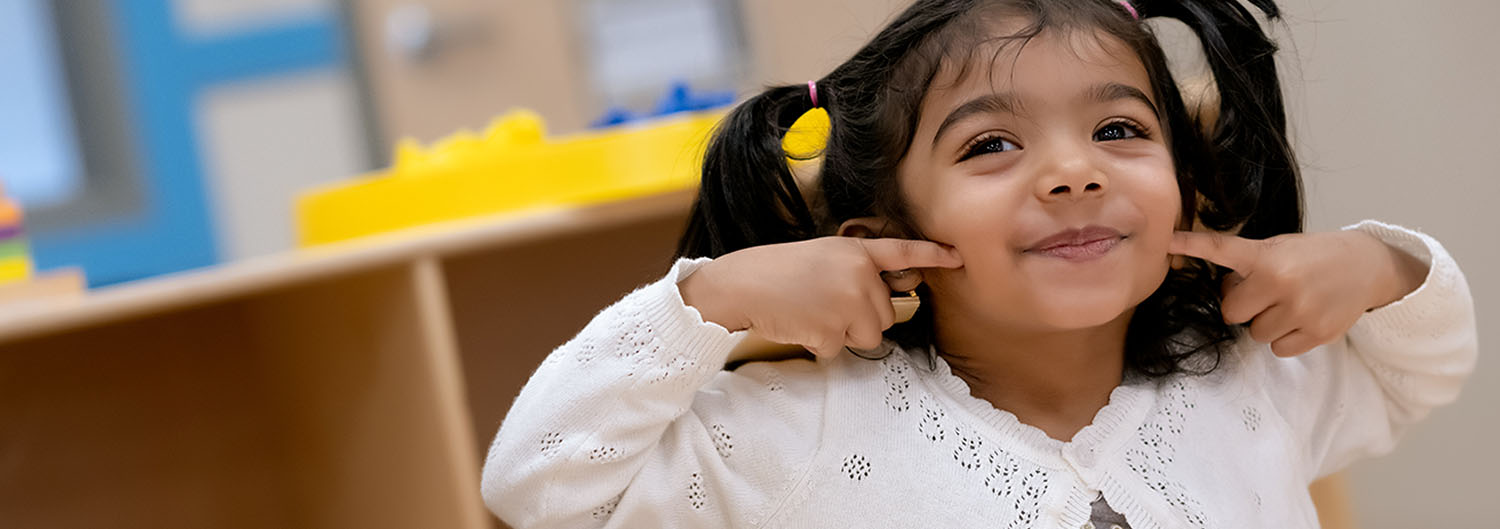- View All
- Topics
- Search
Topics
Blog Archive
-
2025 (6)
- March (3)
- February (1)
- January (2)
-
2024 (28)
- December (2)
- November (3)
- October (2)
- September (3)
- August (3)
- July (3)
- June (2)
- May (2)
- April (2)
- March (2)
- February (2)
- January (2)
-
2023 (15)
- December (2)
- November (2)
- October (2)
- September (1)
- August (1)
- July (1)
- June (1)
- May (1)
- April (1)
- March (1)
- February (1)
- January (1)
-
2022 (13)
- December (1)
- November (1)
- October (1)
- September (1)
- August (2)
- July (1)
- June (1)
- May (1)
- April (1)
- March (1)
- February (1)
- January (1)
-
2021 (16)
- December (1)
- November (1)
- October (1)
- September (2)
- August (1)
- July (1)
- June (1)
- May (2)
- April (1)
- March (2)
- February (2)
- January (1)
-
2020 (11)
- December (1)
- October (2)
- September (1)
- August (1)
- July (1)
- May (2)
- March (1)
- February (1)
- January (1)
-
2019 (12)
- December (1)
- November (1)
- October (1)
- September (1)
- August (1)
- July (1)
- May (2)
- April (1)
- March (1)
- February (1)
- January (1)
-
2018 (12)
- December (1)
- November (1)
- October (1)
- September (1)
- August (1)
- July (1)
- June (1)
- May (1)
- April (1)
- March (1)
- February (1)
- January (1)
-
2017 (12)
- December (1)
- November (1)
- October (1)
- September (1)
- August (1)
- July (1)
- June (1)
- May (1)
- April (1)
- March (1)
- February (1)
- January (1)
-
2016 (12)
- December (1)
- November (1)
- October (1)
- September (1)
- August (1)
- July (1)
- June (1)
- May (1)
- April (1)
- March (1)
- February (1)
- January (1)
-
2015 (12)
- December (1)
- November (1)
- October (1)
- September (1)
- August (1)
- July (1)
- June (1)
- May (1)
- April (1)
- March (1)
- February (1)
- January (1)
-
2014 (5)
- December (1)
- November (1)
- October (1)
- September (1)
- April (1)




How to Stop My Toddler from Biting
Why is my toddler biting?
How do preschools prevent biting in the classrooms?
To prevent biting in a classroom setting, teachers implement a structured daily routine to provide their students with a sense of security while keeping them occupied with stimulating activities. In our Links to Learning Toddler program, we make sure classrooms are filled with engaging, developmentally-appropriate toys and activities to keep our students engaged and learning. Our students are free to explore independently and make choices.
Creating a language-immersive environment where students can practice effectively and positively communicating their needs is also key for preventing biting behaviors. Our teachers implement language into everything they do. They “forecast,” or describe what they are doing, and what they see our students doing. Our students can expect conversations during play, mealtimes, diaper changes, and more!
How do I stop my toddler from biting at home?
Try to keep your child on a regular schedule for sleeping, eating, and playing. Provide ample playtime and stimulating materials. Use words to convey emotions when you recognize them in your child so that they can begin labeling emotions as well. You can also look at picture books with your toddler of children experiencing various emotions and label them together. If your child is teething, be sure to provide them with teething rings or the like. Please know that even with plenty of prevention methods in place, biting can still occur.
What should I do when biting occurs?
It is important to partner with your child’s teachers to ensure that behavioral guidance at school and at home are consistent. When a child bites, our teachers use a calm, firm “No” and an explanation that biting hurts. We may provide the child who bit with a type of oral soothing item and redirect them to a new activity. Our teachers may help the child understand how biting hurts by showing them the sad face of the friend who was injured and saying that they are sad.
Try incorporating these tactics at home! Keep in mind that if your child seems to have bitten to gain your attention, do not reinforce this behavior by giving it to them. Instead, direct your attention toward the injured child. Once the event has been deescalated, provide your child with scenarios on how the situation could have been handled better. Role model for them and instruct them to use simple words to express their needs such as, “please,” “mine,” or “stop.”
Discover how our experienced and nurturing teachers can support your child’s social-emotional development, including addressing biting and other behavioral challenges. Find a school today.